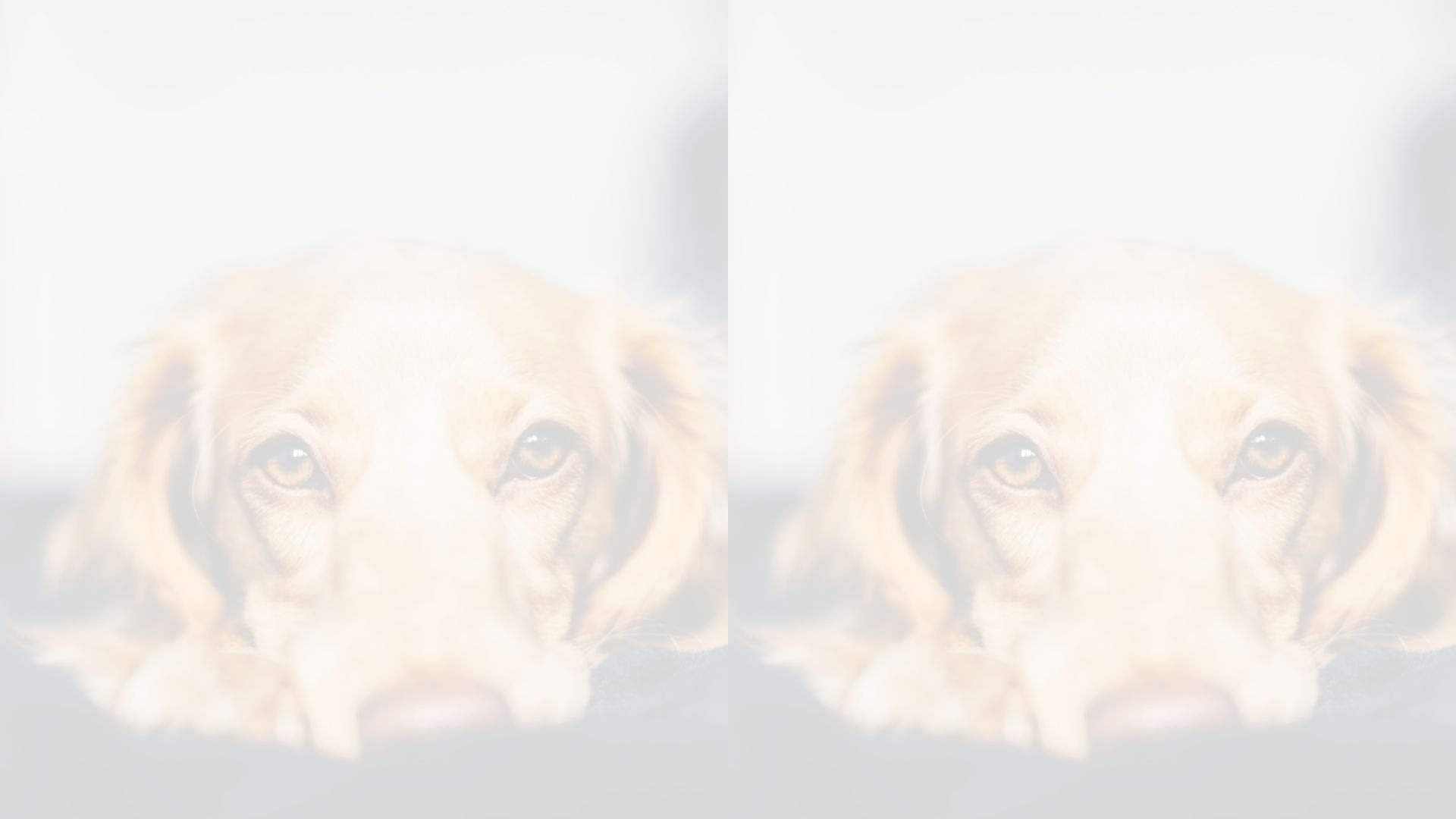End Dog Separation Anxiety: Improve Life for You and Your Pet
Learn how to stop dog separation anxiety with simple tips that benefit both you and your furry friend. Create a calmer, happier life together today!
Hartley@happywoofstuff.com
4/10/20252 min read

What is Dog Separation Anxiety?
Dog separation anxiety is a common issue that affects many pets and their owners. If your dog exhibits destructive behavior, excessive barking, or howling when you leave the house, they may be suffering from this condition. Understanding the signs and symptoms of separation anxiety is crucial for finding effective solutions.
Signs and Symptoms to Look For
Recognizing the symptoms of dog separation anxiety is the first step in addressing the problem. Look out for behaviors such as:
Destructive behavior, including chewing furniture or digging
Excessive barking or howling
Urination or defecation inside the house, even if they are house-trained
Restlessness or pacing when you prepare to leave
Clinging or following you around the home
These behaviors indicate that your dog may experience stress and anxiety when faced with separation from their owner.
Causes of Separation Anxiety in Dogs
Several factors can contribute to a dog developing separation anxiety. Some common causes include:
Changes in the household, such as a new family member or the loss of a companion
Lack of socialization during the crucial developmental stages
Previous trauma or frightening experiences related to being left alone
Long hours of solitude or infrequent bonding time with the owner
Understanding these underlying causes can help you tailor your approach to address the anxiety effectively.
Strategies to Alleviate Separation Anxiety
Fortunately, there are several strategies to help your dog feel more comfortable when you’re not around. Here are some tips to alleviate their stress:
Crate Training: Introduce your dog to a comfortable crate where they can feel secure. Make it a positive space by adding their favorite toys and treats.
Gradual Departures: Practice leaving your dog for short periods and gradually increase the duration. This helps them get accustomed to being alone.
Adapting Your Routine: Consistent routines can help reduce anxiety. Create a pre-departure routine that signals to your dog when you’ll be leaving.
Calming Aids: Consider using calming aids, such as anxiety wraps or pheromone diffusers, to help ease your dog’s stress levels.
Employing these strategies can significantly improve your dog’s comfort level when alone, allowing both you and your pet to lead happier lives.
Conclusion: A Path to Better Days Ahead
Working to end dog separation anxiety is a process that requires patience and consistency. By understanding the symptoms, causes, and incorporating these effective strategies, you can foster a more peaceful atmosphere and enhance your dog’s quality of life. In turn, you’ll also enjoy a more stress-free experience when stepping out of the house!
If you care about your furry friend’s health, happiness, and well-being, make sure to subscribe to our YouTube channel at Happy Woof Stuff — where we share expert tips on dog care, food, supplements, and everything your pup deserves!
Want more? Visit our website at www.happywoofstuff.com for exclusive articles, guides, and recommendations tailored for passionate dog owners like you.
And don’t forget to join our community on Facebook: Happy Woof Stuff — where the love for dogs never ends. 🐾
Hit that subscribe button and let's make your dog's life even better, together! 💛


